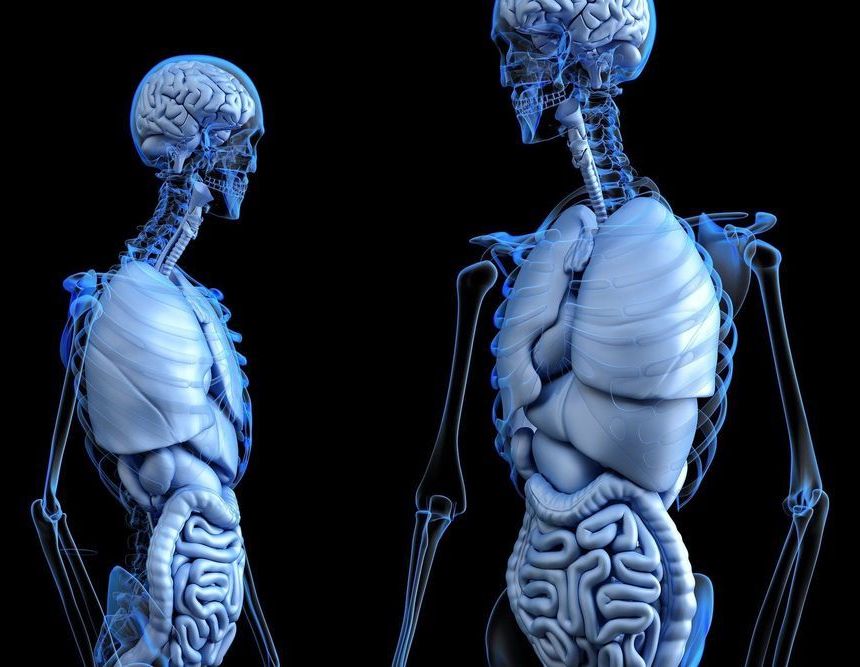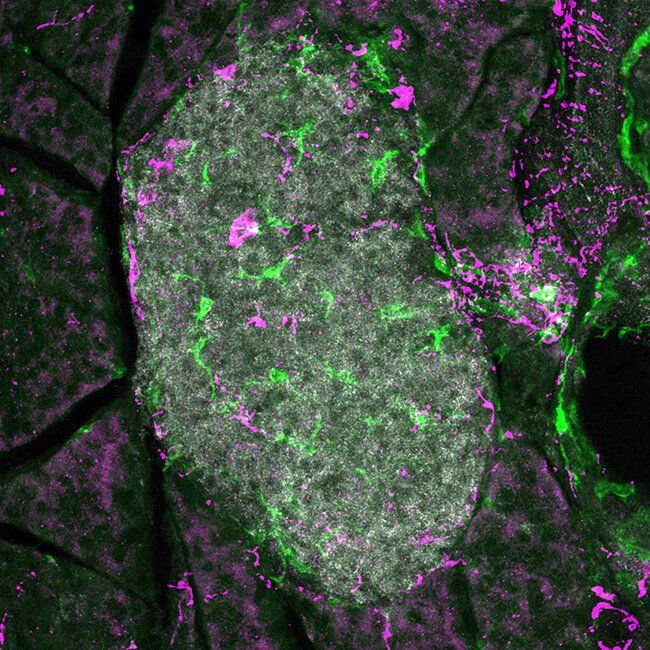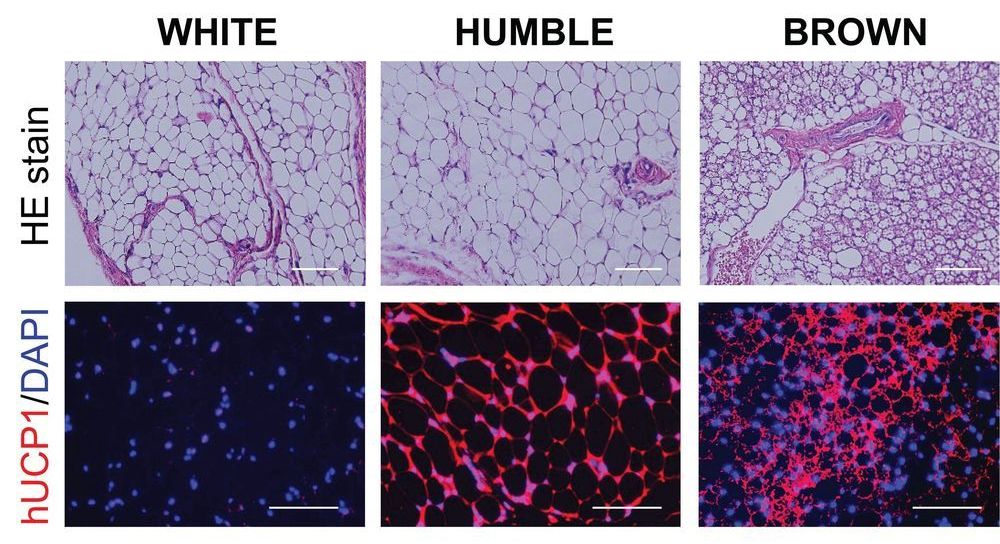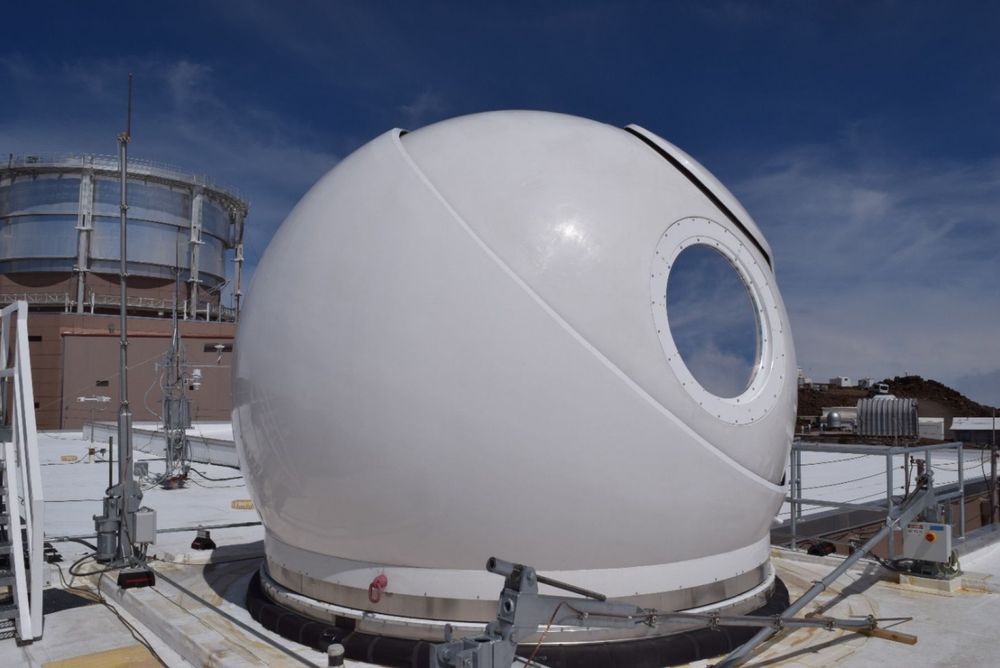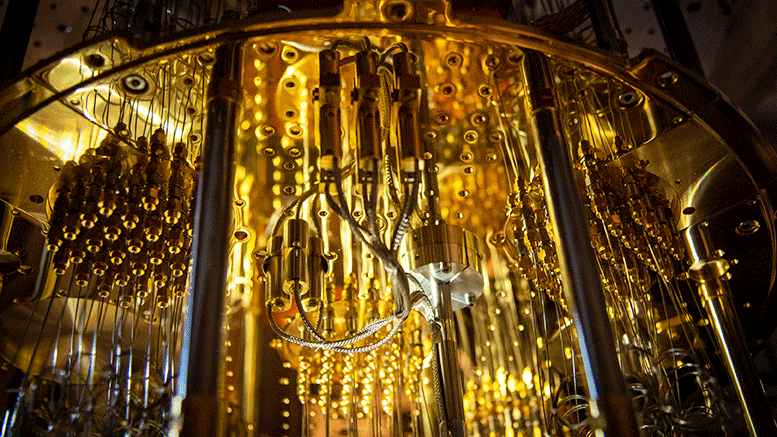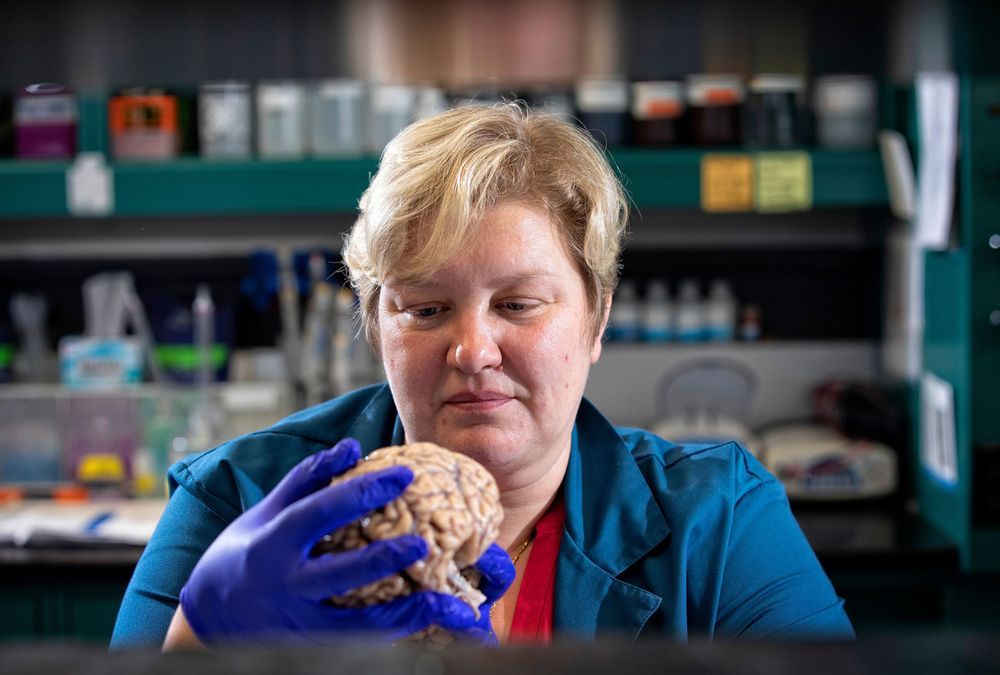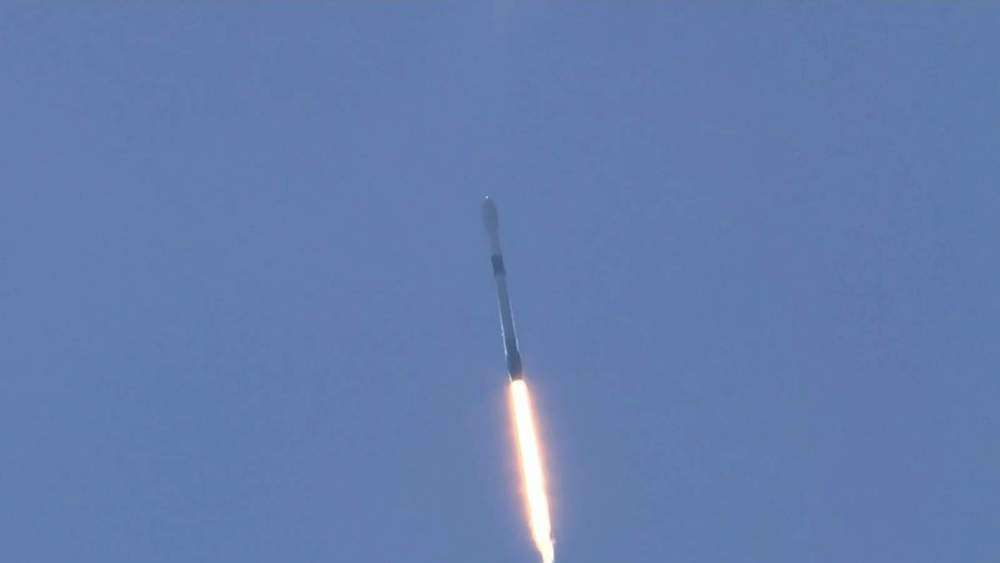Aug 27, 2020
LG officially announces its battery-powered air purifier mask
Posted by Genevieve Klien in categories: biotech/medical, wearables
LG has officially announced a portable air purifier that you wear on your face like a mask. The PuriCare Wearable Air Purifier uses a pair of replaceable filters similar to what you’d find in LG’s range of air purifiers for the home, pairing them with battery-powered fans to help you breathe. LG says the device has sensors to detect when you’re breathing in or out, and adjusts the fans’ speeds accordingly.
Today’s announcement ahead of IFA 2020 doesn’t explicitly mention the COVID-19 pandemic, but it heavily implies that the mask was developed in response to it. The company says the wearable air purifier is designed to replace the “inconsistent” homemade masks worn by some people, as well as the disposable masks that it says have been in short supply.
Back in July, when LG first announced the mask and said it would be donating 2,000 of the devices to a university hospital in Seoul, one executive from the company said they hoped it would help medical staff “amid the protracting COVID-19 pandemic,” The Korea Herald reported. They hoped it would make it easier for medical staff to wear a mask for hours at a time.

